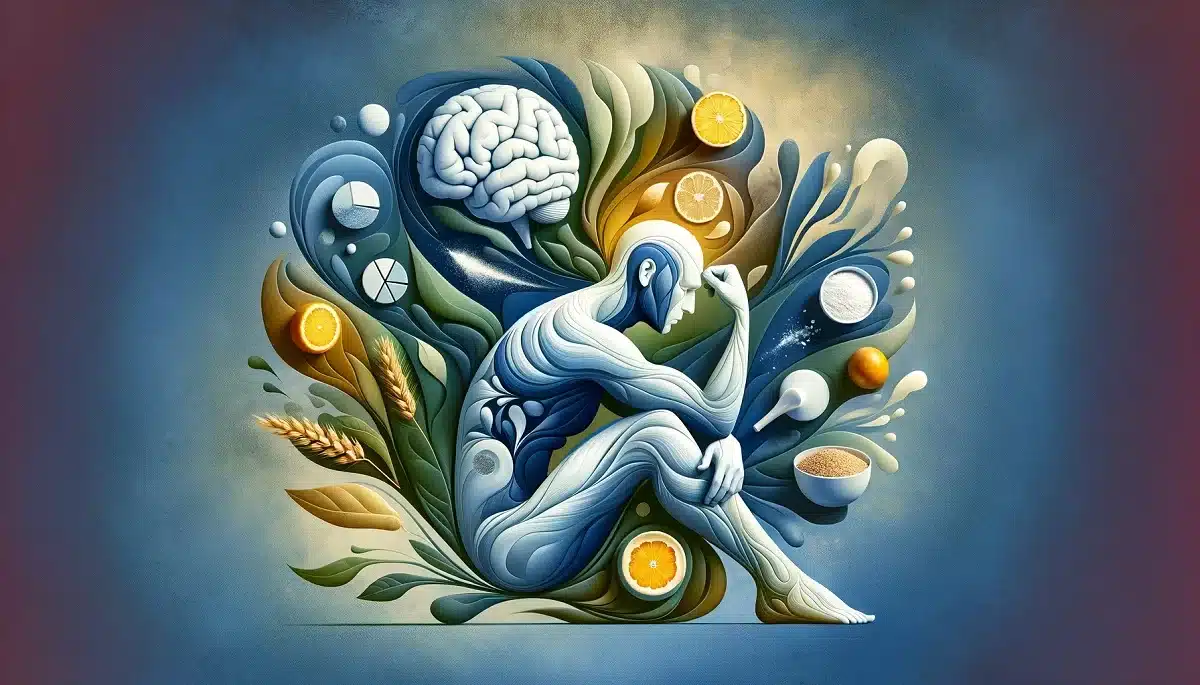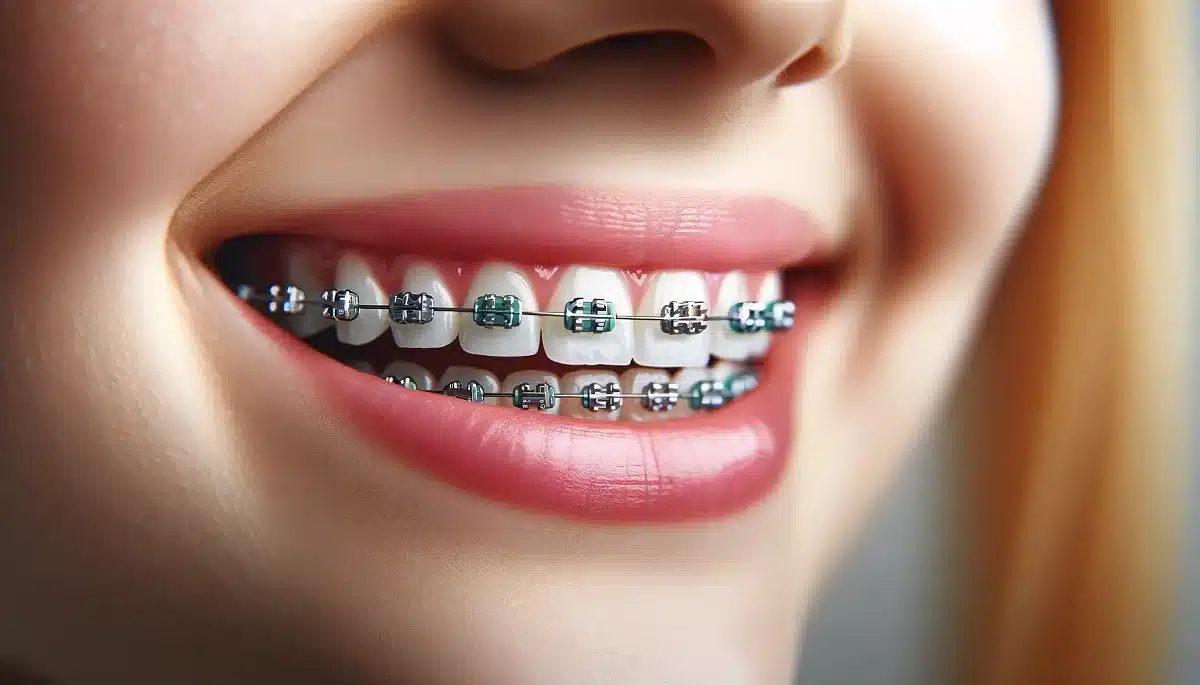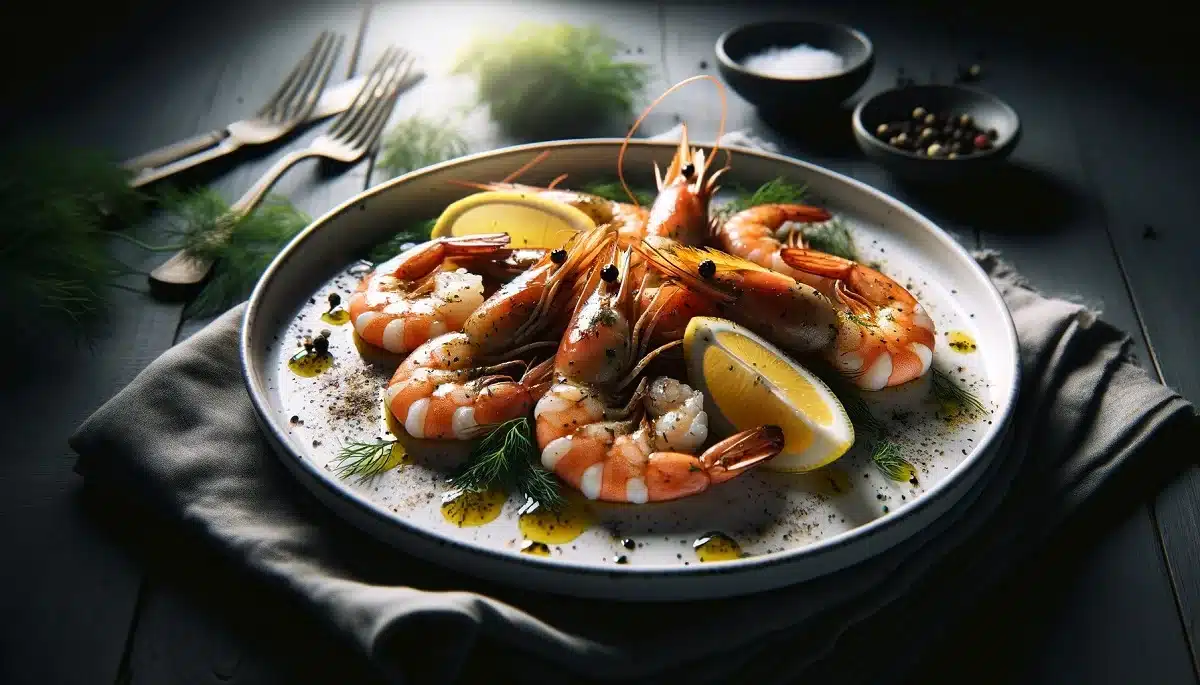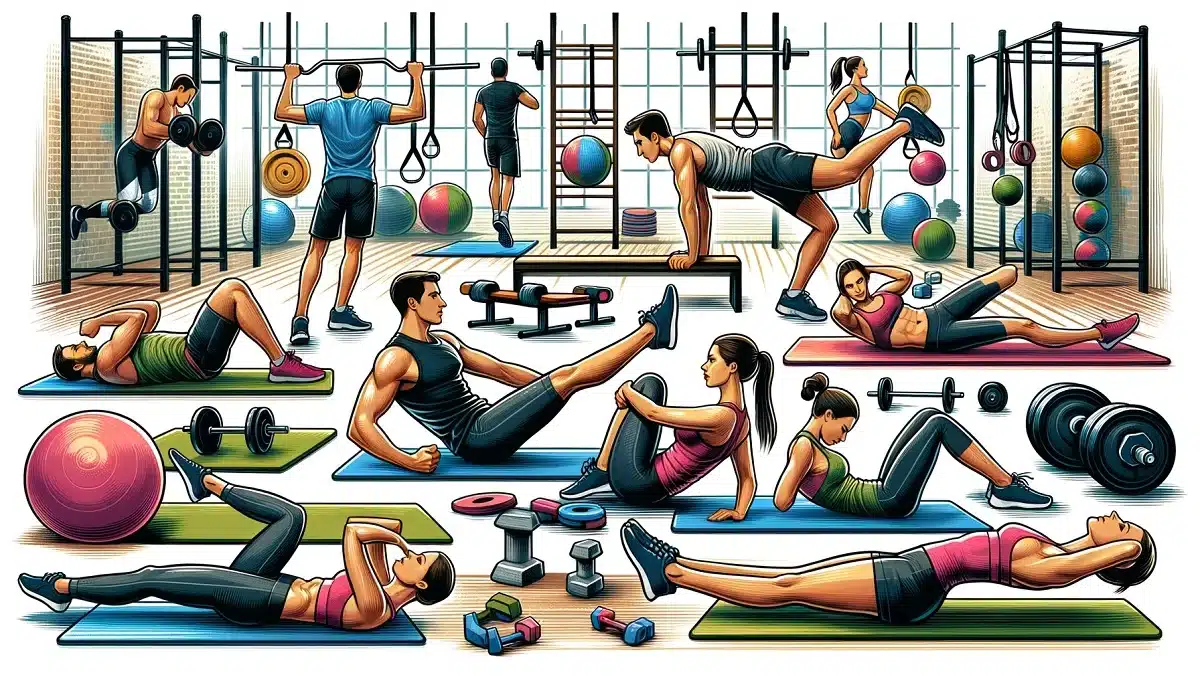What is iron deficiency?
Iron deficiency refers to a condition where there is a low level of hemoglobin in your red blood cells. Hemoglobin is crucial for transporting oxygen to your body’s tissues. Iron plays a key role in energy production, optimal immune function, and storing oxygen in our muscles. It is an essential nutrient that the body obtains from the food we consume. The deficiency might stem from inadequate iron absorption from the diet.
Additionally, iron deficiency can be triggered by various diseases. Insufficient iron in the body can lead to serious implications, including physical and mental fatigue and a diminished quality of life. It is the most prevalent nutritional deficiency globally, impacting an estimated 2 billion people.

Iron Deficiency Symptoms
You are tired all the time. Fatigue is one of the most common symptoms of iron deficiency. If you feel constantly tired, it might be attributed to a lack of iron. The most prevalent causes of chronic fatigue include sleep disorders, sleep-related breathing disorders, depression, and excessive stress.
Your hands and feet are cold. Constantly cold hands and feet may indicate iron deficiency. Iron is essential for thyroid function, so a deficiency can impair thyroid activity, and thyroid hormones are crucial for regulating your body temperature.
Your lips are dry and cracked. While harsh winters, dry environments, or frequent lip-licking can lead to chapped lips, individuals with iron deficiency might experience a specific type of cracking known as angular cheilitis, which occurs at the corners of the mouth. This condition can make eating or smiling challenging.
You have difficulty breathing. Experiencing shortness of breath despite regular exercise could signify iron deficiency. Iron is vital for transporting oxygen throughout your body, and insufficient iron levels can hamper your body’s ability to maintain proper oxygen circulation.
Causes of Iron Deficiency
Iron deficiency anemia occurs when your body doesn’t have sufficient iron to produce hemoglobin. Hemoglobin is the component of red blood cells that imparts their red color and facilitates the transport of oxygenated blood throughout your body. Insufficient iron intake or excessive iron loss prevents your body from producing adequate hemoglobin, leading to iron deficiency.
Anemia:
Blood harbors iron within red blood cells. Thus, becoming anemic can result in iron loss from your body. Women with heavy menstrual periods are at heightened risk of iron deficiency anemia due to blood loss during menstruation. Iron deficiency can lead to anemia. Gastrointestinal bleeding can be triggered by habitual use of certain over-the-counter pain relievers, particularly aspirin.
Large-sized RBCs:
Oversized RBCs stem from deficiencies in folic acid or vitamin B12. When RBCs are too large, they may struggle to navigate through blood vessels, impeding oxygen flow. Inadequate iron consumption over time can culminate in iron deficiency. Iron-rich dietary sources include meat, eggs, green leafy vegetables, and fortified foods. Infants also require adequate iron for optimal growth.
Iron malabsorption:
Iron absorption into the bloodstream occurs in the small intestine. Intestinal disorders, such as celiac disease, that impair nutrient absorption can lead to iron deficiency anemia.
Pregnancy as a factor:
Many pregnant women develop iron deficiency anemia if they do not receive iron supplementation, as their iron reserves are utilized for hemoglobin synthesis for the fetus and to support increased blood volume.
Iron Deficiency Treatment
Eat Green Vegetables:
In the current era, children’s consumption of green vegetables is minimal due to the allure of fast food. They often prefer burgers, pizza, and other nutrient-scarce junk food. As a parent, it’s crucial to ensure your child consumes ample green vegetables like celery, spinach, and broccoli, which are potent iron sources. Green leafy vegetables offer a wealth of nutrients. Spinach is particularly beneficial for health and is low in calories. Integrating spinach into various dishes can significantly enhance nutrient intake.
Eat Dried Fruits:
Opt for dried fruits when you crave a snack, as they are nutrient-dense and beneficial for health, especially if you are iron-deficient. Raisins are a good iron source and can aid in anemia treatment.
Incorporate dates and raisins into your diet. These dried fruits provide a synergistic mix of vitamin C and iron. Offering a child a handful of raisins and dates can boost iron intake while also providing energy for studying and activities.
Eat Plenty of Fruits:
Consuming a variety of fruits, including grapefruit, kiwi, orange, melon, tomato, and strawberry, is essential. These fruits are rich in vitamins and iron, aiding the body in blood production and anemia treatment.
Encourage Juice Consumption:
Avoid packaged juices; instead, offer fresh pomegranate or beetroot juice. Beetroots are an excellent folic acid source, and they can be blended with carrots or apples. Pomegranate is beneficial for magnesium, copper, and iron intake. Regular consumption can boost a child’s energy levels and activity.
Consume Black Cumin:
Black cumin seeds are highly effective for anemia, packed with calcium, magnesium, and iron, vital for enhancing iron levels. Sesame seeds also facilitate iron absorption. Soaking these seeds overnight and incorporating them into meals can be beneficial.
Note: This information is for educational purposes only. Consult a healthcare provider if you have health concerns.






